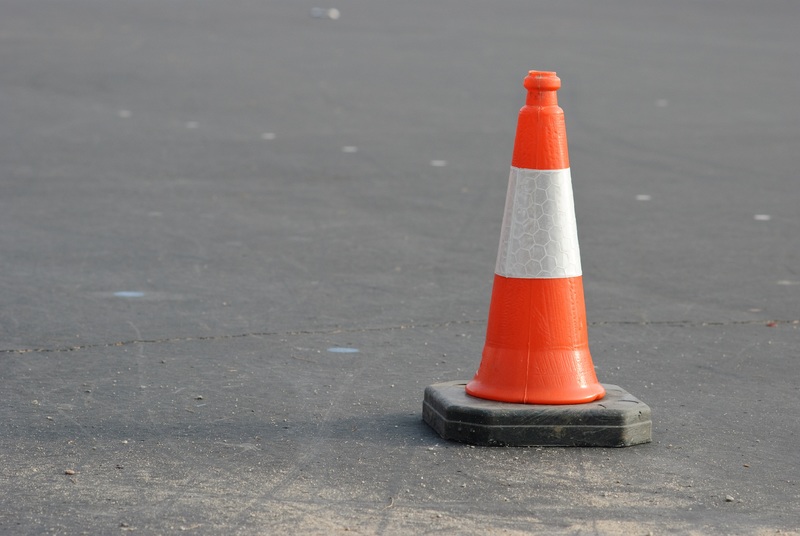 It’s usually the cyclist who loses when car and bike meet in an unplanned way. That is the number one reason why people don’t commute or run errands by bike more often, according to my very non-scientific survey of casual conversations over the last year. (The other reasons are time, weather, and sweatiness @ destination, but those are really just excuses in my opinion.)
It’s usually the cyclist who loses when car and bike meet in an unplanned way. That is the number one reason why people don’t commute or run errands by bike more often, according to my very non-scientific survey of casual conversations over the last year. (The other reasons are time, weather, and sweatiness @ destination, but those are really just excuses in my opinion.)
Bike safety, however, is real. And if you get it wrong, it could cost you your freedom or even your life. So it’s just a little bit important to get it right!
Welcome to Part 2 of my Bike to Work series. You can check out Part 1 here.
I am by no means an expert in bike safety. On the other hand, I am an experienced driver who also happens to have logged something like to 2000 km commuting to work across the city. That might be a tiny amount for you avid cyclists, but for a rookie and a wimp like me, it’s provided a pretty good opportunity to see what works and what’s a little too close for comfort.
So in the interest of helping maybe convince some of you fence-sitters to get out of your cars and onto your bikes, please let me share some of what I’ve learned as a noob about how to be safe on the roads.
Bike Safety Summary
Here’s the summary for today’s post:
- Minimize Interactions with Traffic
- See and Hear and Be Seen
- Follow the Rules and Be Predictable
- Own Your Lane
- Wear a Helmet
Minimize Interactions with Traffic
The first and arguably best way to stay safe around traffic is to simply avoid it. You can’t get hit by a car if there are no cars around.
To do this, you will want to avoid main roads like the plague. Stick to side streets and feeder streets. Use bike paths wherever possible. Don’t be afraid to extend your ride a little bit to keep away from the cars.
My ride home is actually 600m longer than my ride in because I change my route to take advantage of traffic flows, paths, hills, etc. In fact, just a few weeks ago I discovered a secret little bike path that allows me to trade 900m in traffic with 1500m of bike paths and residential crescents.
It also has the advantage of avoiding a big dip/rise with a lane change and left turn at the top of the hill. I don’t like the extra 600m part, but I sure do like avoiding that hill and lane change in traffic.
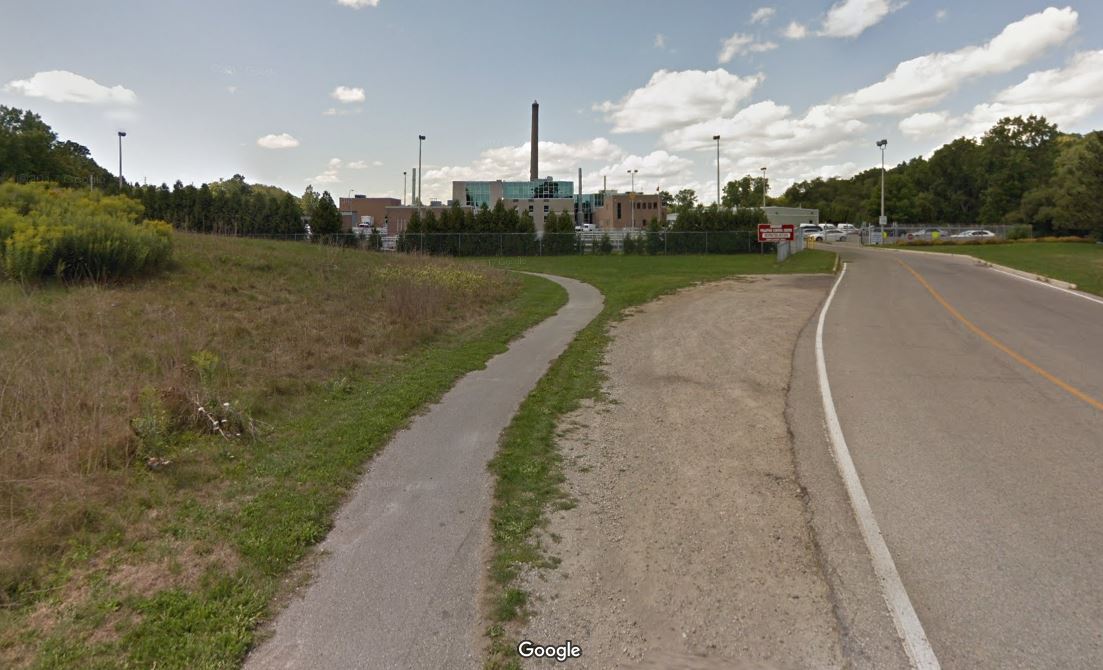
Check out the path I found at the end of a dead-end road going to the pollution control plant. I even saw a deer up there last week.
The other way I successfully minimize my traffic interactions is by commuting at times of the day when there is simply less traffic. I’m an early-in, early-out kind of guy, and work has flex hours, so I’m fortunate that I can choose when to face the traffic. I can tell you there are far fewer cars on the road at 6am than there are at 7:30am.
Granted, not everybody has that opportunity, but do what you can to adjust your times, and certainly get creative with your route.
See and Hear and Be Seen
This should be obvious. Make sure that you can see properly, hear properly, and be seen properly.
If you wear glasses, you might want to consider removing them or switching to contacts if it’s rainy. Just a small amount of water or mist can make glasses hard to see through. Then you might miss obstacles or suicidal squirrels on the road.
Keep your head up and always be scanning around. And that includes listening to what’s happening. I know you may love your podcast or 1990s grunge rock, but take those earbuds out and pay attention to other road users and vehicles.
Being seen is super-important, too. I’m honestly not that worried about the cars who gun their motors and whip around me, or try to race across my path, because I know they see me. I’m worried about the cars that don’t see me and turn in front of me or pull out of a side street. (That’s a big problem that motorcyclists face, too.)
The obvious ways of being visible are lights, safety vests, and bright clothing. I have decent lights, but I haven’t upgraded to amazing lights yet because I mostly ride in the daylight. I also wear an orange safety vest like construction workers. (Chris, the human pylon.) Most of my bike shirts are light or bright colours, and my jacket is a bright blue.
It’s not overly stylish, but it gets the job done.
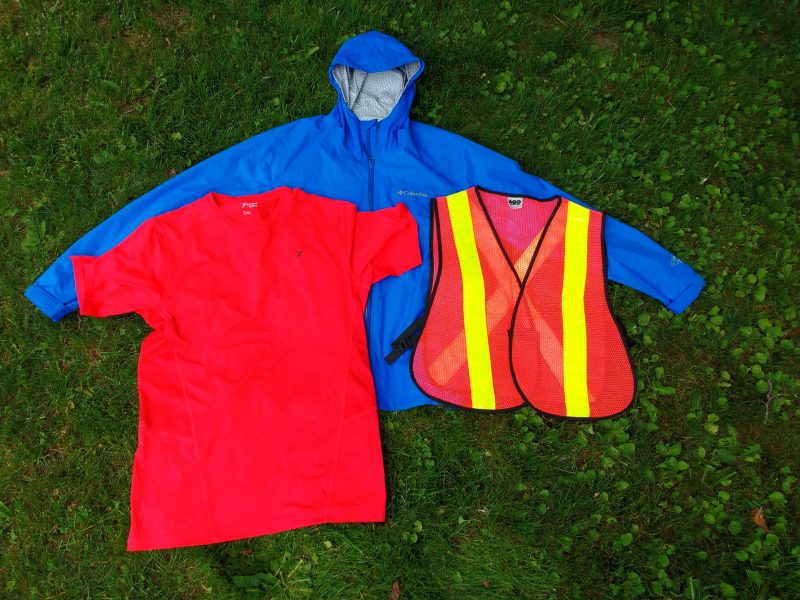
Try to make eye contact with other drivers are all intersections. I’ve found that even though the drivers have right-of-way at stop signs, they’ll often wave me through first. Who says all London drivers are jerks? 🙂
I personally don’t have any mirrors on my bike because I prefer to listen and shoulder check frequently, but you could certainly consider them.
Try to pick well-lit times to ride. And be aware that if you’re riding into a low sun, cars behind you might have a tough time seeing you through their windshield glare. That increases the importance of following the rules and being predictable.
Follow the Rules and Be Predictable
I’ve heard it said that being unpredictable might be good because it causes cars to think you’re crazy and therefore give you a wide berth. On the other hand, I prefer to be predictable and steady so that we can all share the road efficiently and safely.
And one of the best ways to be predictable is to simply follow the rules.
Pick the right side
First off, always ride on the same side of the road that you would drive on, unless there are specially marked lanes telling you otherwise. It floors me when I see cyclists riding along the shoulder into traffic. Do they have a death wish?
Just the other day I saw a cyclist coming my way (into traffic) in my bike lane when there was a perfectly good lane on the other (correct for him) side of the road. So then I got thinking: Which side will he pass me on? On my right? Not going to happen because that’s my emergency escape route. On my left between traffic and me? Dangerous. In the end we got lucky and there was a generous break in traffic at that moment and he went around on my left.
Now just imagine playing that same game of chicken with a car, not a cyclist.
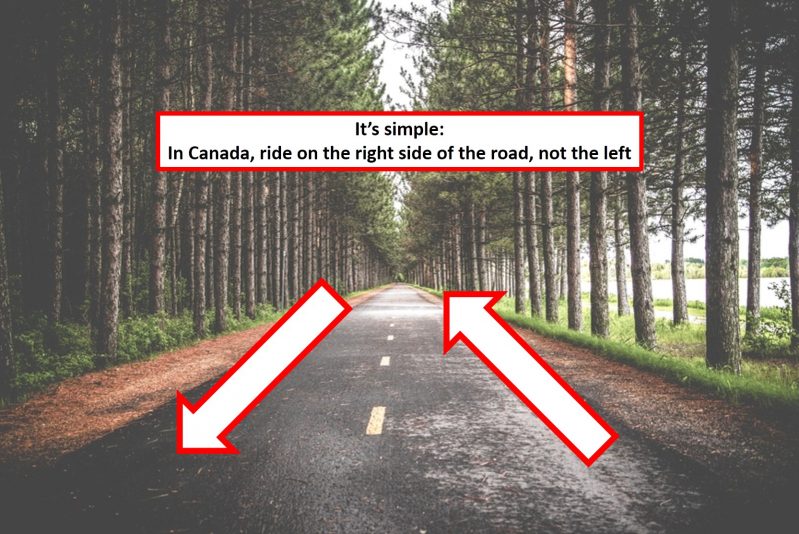
Sidewalks
Sidewalks are another interesting one. Cyclists are generally not allowed on the sidewalk. But sidewalks help you get away from traffic. On the other hand, you then become the (relatively) high speed traffic for pedestrians, who in fact have the right-of-way.
Sidewalk-riding is perhaps most dangerous because cars are not expecting you to be on the sidewalk. This can be particularly troublesome at small side streets when cars are turning on or off the main street. I’ve even seen cyclists riding on sidewalks into traffic, which is extra dangerous.
At this point I will admit to using some sidewalks in areas where there are few if any pedestrians and I cannot avoid heavy traffic. However, I keep it to an absolute minimum, typically only 100-200m. Currently, my commute has such a stretch.
The other rules
Obviously you should obey traffic lights and stop signs. While I won’t admit to breaking any traffic rules (other than some short-distance sidewalk riding), I will say that I know of only two people in the entire world who actually attempt to follow each and every single traffic law they come across. On the other hand, if a tree falls in a forest and there’s nobody around to hear it…
And of course don’t text and ride. Seriously. People have bumped into me while we’re walking in the halls at work because they’re texting. So what makes you think you can ride a bike or drive safely while doing the same thing?
Own Your Lane
Ok, so you’re following-ish the rules, you’re geared up, and you’ve picked a great route.
It is now important to realize how to ride in your lane.
Contrary to what many people do, you should not stick to the far right hand side of the road on normal city streets. There are a few main reasons why:
- The far right is where you’ll find all sorts of potholes and debris just begging to wreck your tires
- You encourage traffic to squeeze past you too closely in your lane
- You have no escape route if something goes wrong (if you clobber that suicidal squirrel, you need at least some space to fall away from traffic)
- Drivers exiting parked cars are less likely to “door” you
Assertively (but not aggressively) hold your place in your lane about 3 feet from the curb. This will send a clear signal to drivers to go around you and avoid the pitfalls I’ve identified just above. They likely won’t be able to squeeze between you and the next car, and will have to stagger themselves to pass.
By law in Ontario, they must give 1m of space. If they cannot do so within the same lane, they must change lanes (many don’t). You are also expected to ride out a bit from the curb for safety and to avoid obstacles, etc.
But don’t be a jerk.
Don’t ride down the middle of the lane. Don’t swerve all over the place. And don’t block cars.
At the same time, don’t continually change into and out of turning lanes, parking lanes and bus lanes. Pick a straight line and follow it. That goes back to being predictable. Don’t use a turning lane for going straight because you think it keeps you away from traffic. Perhaps it will for a brief moment, but you will quickly run into trouble as you cut back in when the turning lane ends!
I recently observed a cyclist using the right-turn lane to go straight, confuse a bunch of cars and almost get hit. Unfortunately I see this happen far too often.
Wear a Helmet
Ok, this should really go without saying, but please, wear a helmet. It still baffles me how so many cyclists don’t wear helmets.
Check out this photo and letter to the editor.
There was an unfortunately fatal hit-and-run in London this past winter. Shortly afterwards, a bunch of cyclists got together for an awareness ride. And at least two of them weren’t wearing helmets! On a ride to promote safety… Sigh.
Seriously, my helmet is certainly uncool and makes me look like a dork, but I’m too cheap to buy a stylish one. And who cares? I’ll never be stylish dressed as a pylon, anyway.
 Your Turn Now!
Your Turn Now!
Do you disagree with any of my points above? Anything surprise you or jump out? Are you going to start riding your bike more?
Oh, and in case you’re wondering, yes, I came within about 2 inches of taking out the suicidal squirrel with my bike last week…
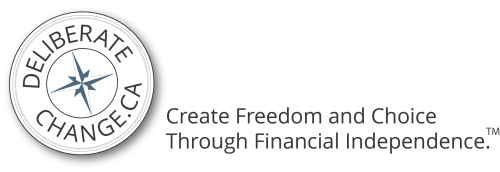
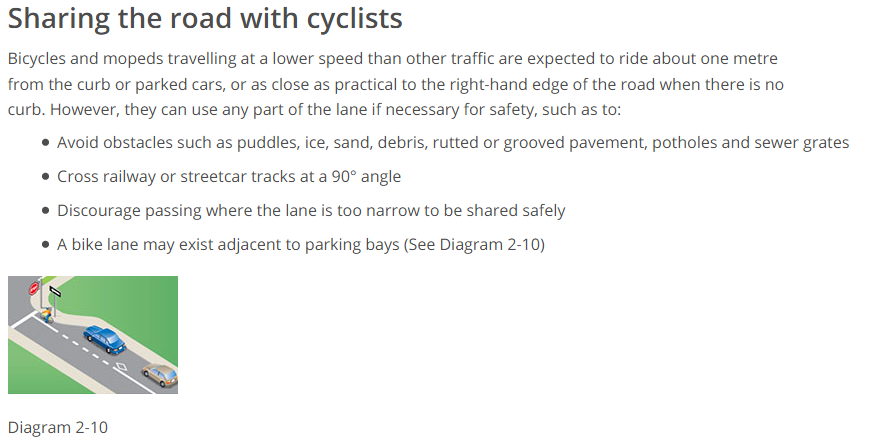
 Your Turn Now!
Your Turn Now!





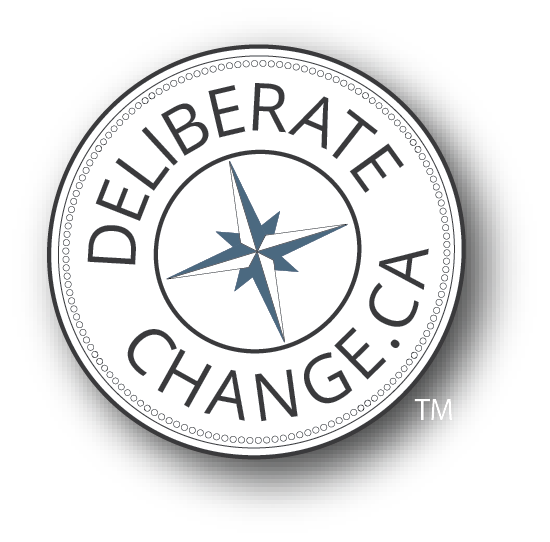
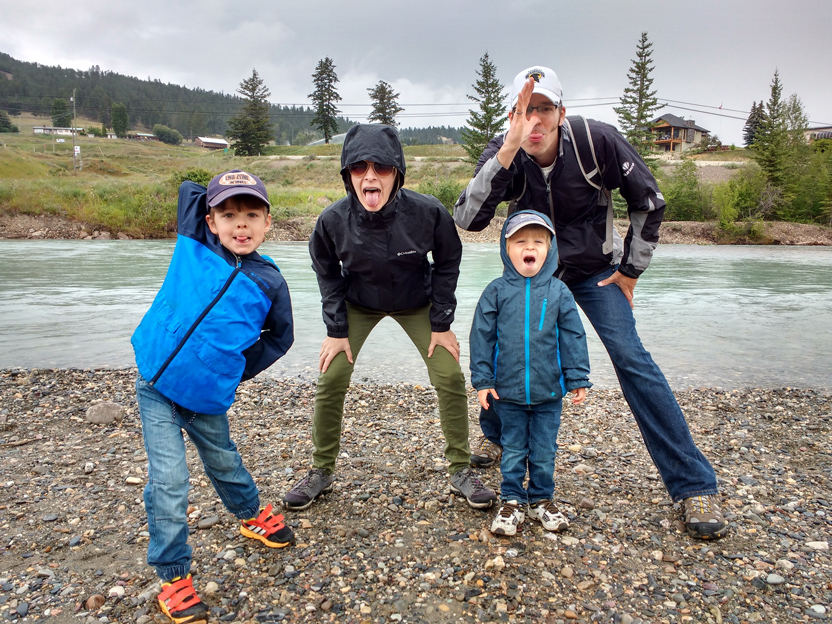
Great advice about assertively riding 3 feet from the curb, always have an exit strategy 🙂
Thanks Kellan. I guess having an exit strategy makes sense for a lot of things – not just bike riding!